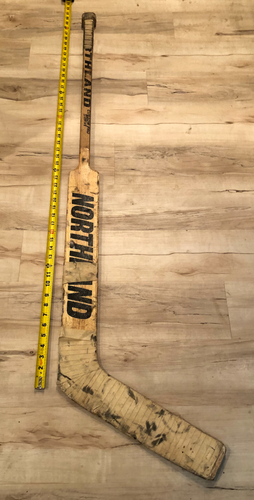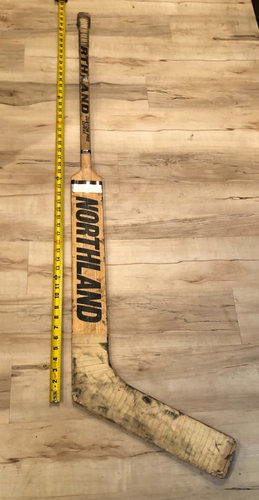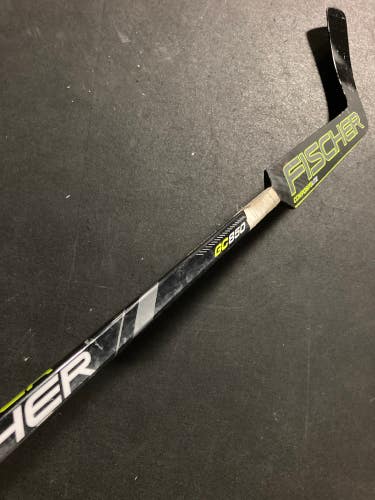Hockey Goalie Sticks
Popular Hockey Goalie Sticks
See more Popular Hockey Goalie Sticks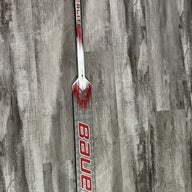
Bauer Hyperlite 2
19 Available
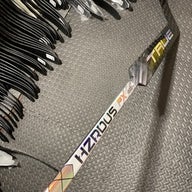
True Hzrdus Px
41 Available
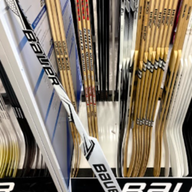
Bauer gsx
12 Available

True Catalyst 9X3
159 Available
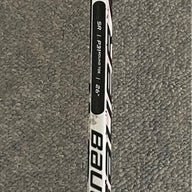
Bauer Vapor 3X
10 Available
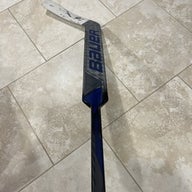
Bauer Mach
33 Available

Bauer Supreme Mach
20 Available

True Catalyst 7x3
47 Available
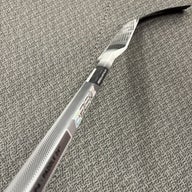
CCM Eflex 5 prolite
64 Available
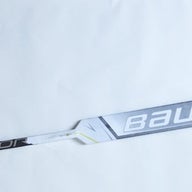
Bauer Hyperlite
28 Available
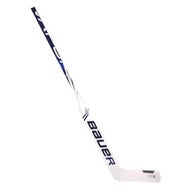
Warrior Custom Pro
21 Available
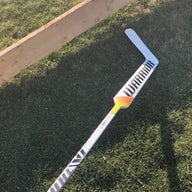
Warrior Ritual V1 SR
11 Available
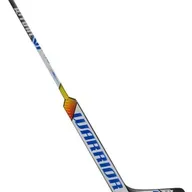
Warrior Ritual V1 Pro +
17 Available

Bauer Supreme UltraSonic
10 Available
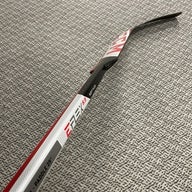
CCM EFlex 5.9
20 Available
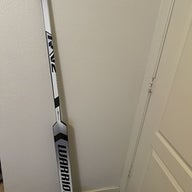
Warrior Ritual V2 Pro+
90 Available
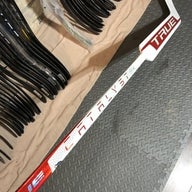
True Catalyst 9X
25 Available
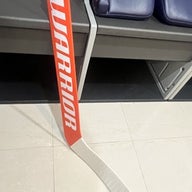
CCM EFLEX 5 Pro
48 Available
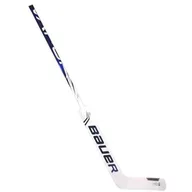
Bauer Vapor 2X Pro
11 Available
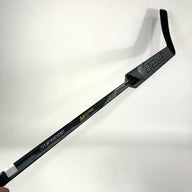
Bauer M5 pro
16 Available
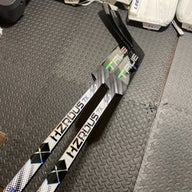
True HZRDUS 7X
18 Available

Bauer Vapor X5 Pro
14 Available
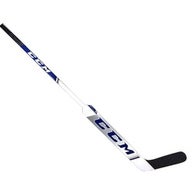
CCM Extreme Flex 4
16 Available
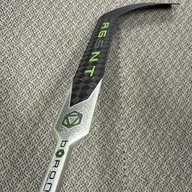
Bauer Agent
6 Available

Reebok 6K Pro
4 Available

CCM Pro
6 Available
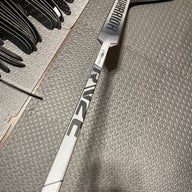
Warrior RITUAL V2E
8 Available
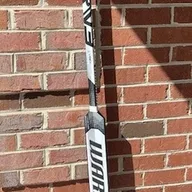
Warrior Ritual V3 Pro
13 Available

Bauer Supreme 2S Pro
6 Available

Warrior Swagger Pro ST
3 Available

Sher-Wood T80
3 Available

True AX5
4 Available

Bauer Elite
9 Available

Sher-Wood Gs650
5 Available
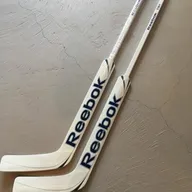
Reebok 11k
2 Available
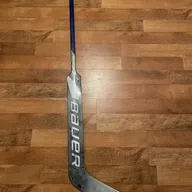
Bauer 3s pro
3 Available
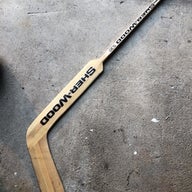
Sher-Wood 530
4 Available
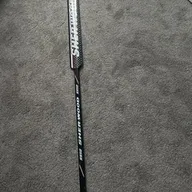
Sher-Wood 9950 1
5 Available

CCM Premier P2.9
5 Available
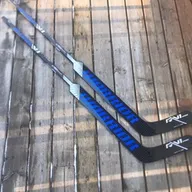
Warrior Ritual V1 Pro
7 Available

Bauer Supreme 1S
7 Available

Bauer Supreme M5 Pro
7 Available
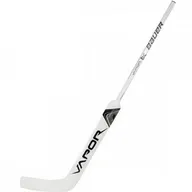
Bauer Vapor 1X
4 Available
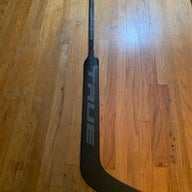
True A4.5 HT
2 Available
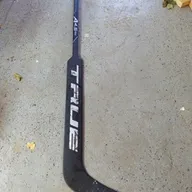
True A4.5 SBP 1
1 Available
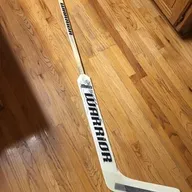
Warrior Abyss
2 Available

True AX9
4 Available

CCM Axis 1.9
4 Available

Sher-Wood FC700
1 Available
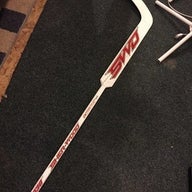
Sher-Wood 5030
15 Available
195 Results
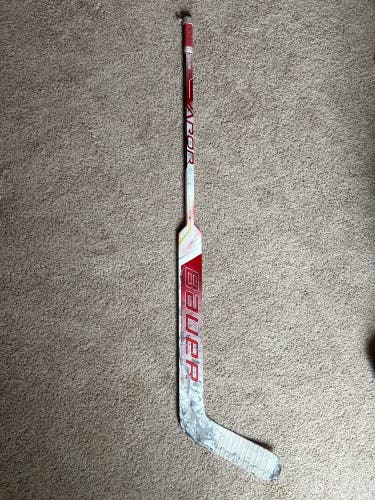
avandy31
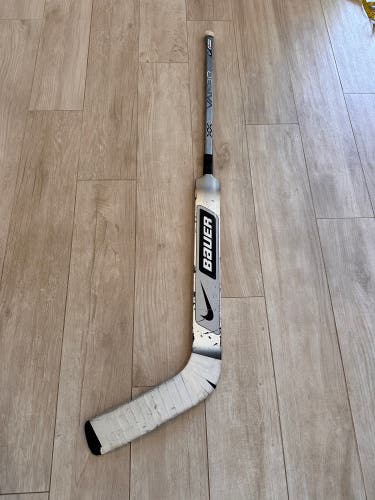
nbronstein

Dickie25

piasnhny
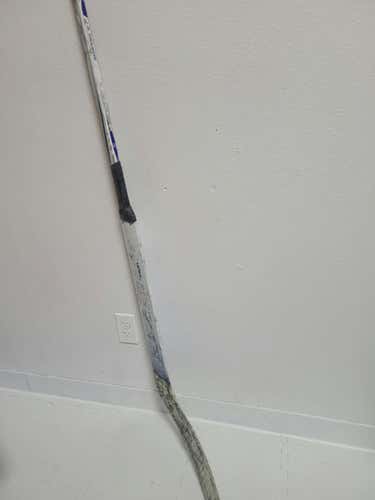
PIACSNorth
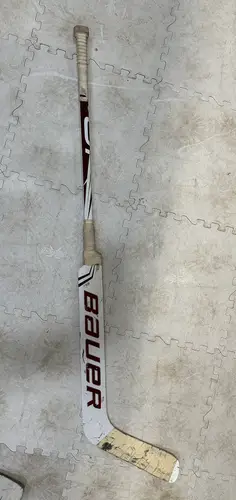
CnCHockey
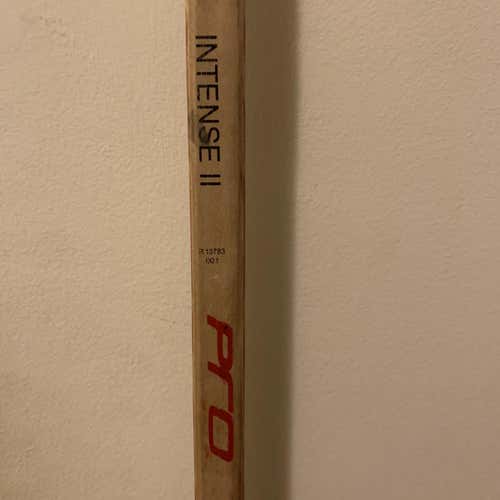
CapsFanatic0870

piasnhny
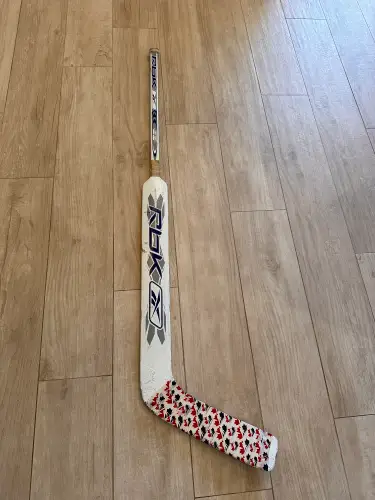
nbronstein
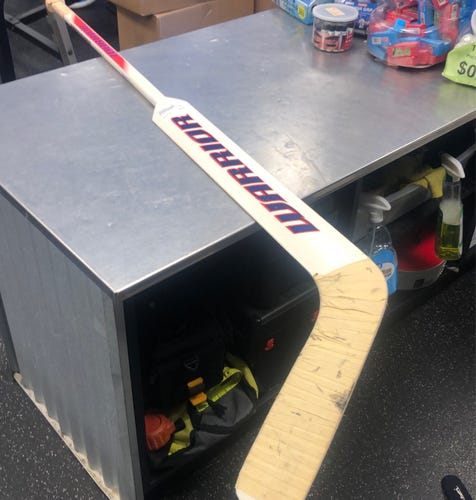
PIASAustell
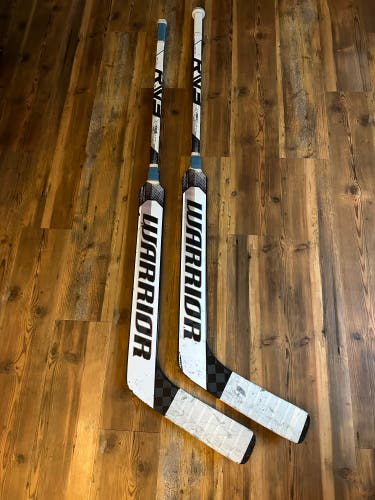
fronnie_32
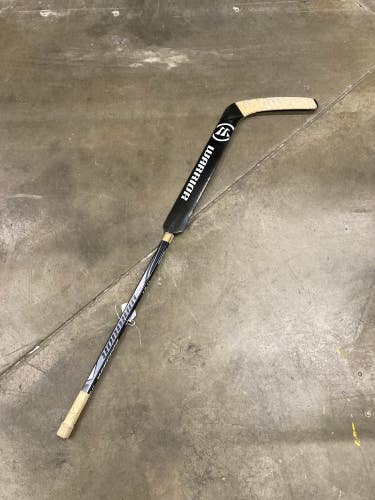
blowout_bargains

TTim980
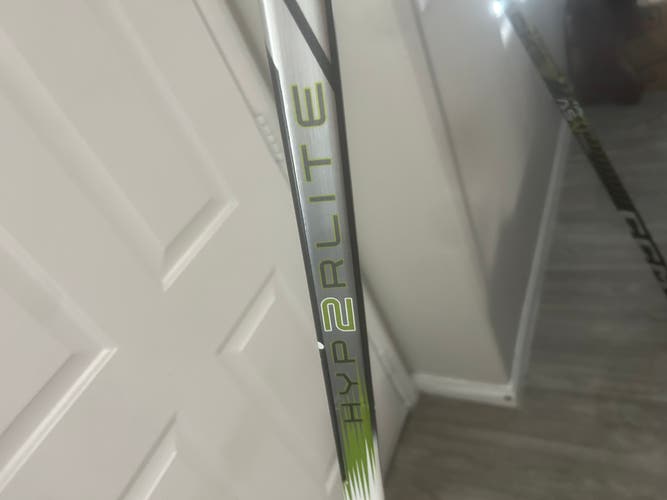
Finnywinnyis
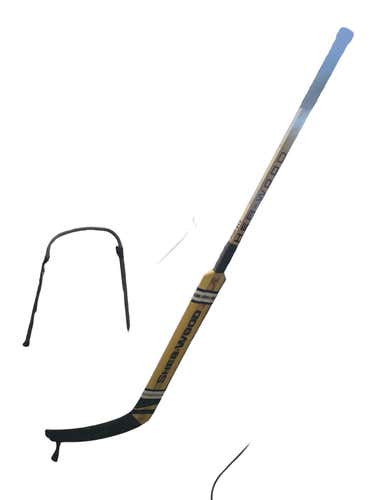
PIACSNorth
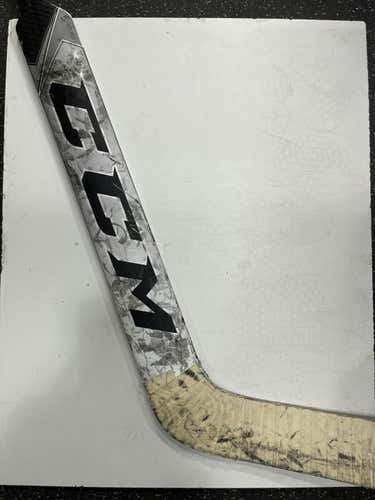
PIASShawnessy

Deec_nj
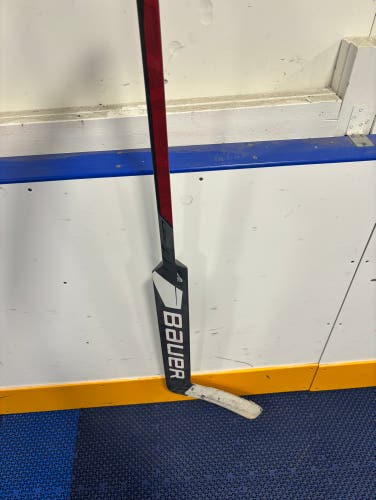
daytonk74
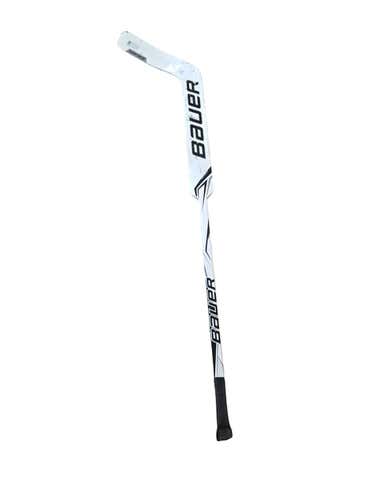
PIACSNorth

PIASrocNY

Piashiram
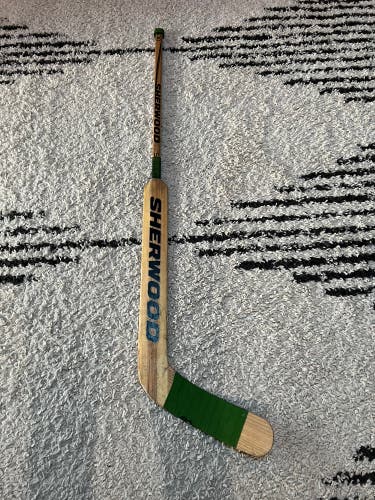
mhaftman7

PIASShawnessy
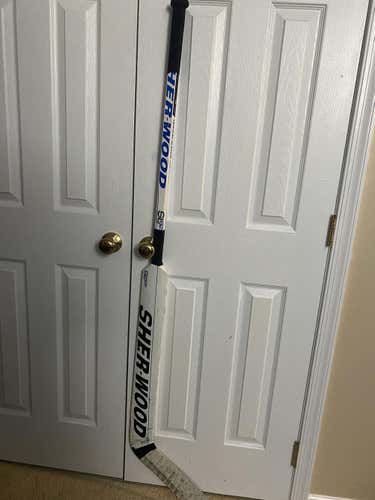
Goalie_100
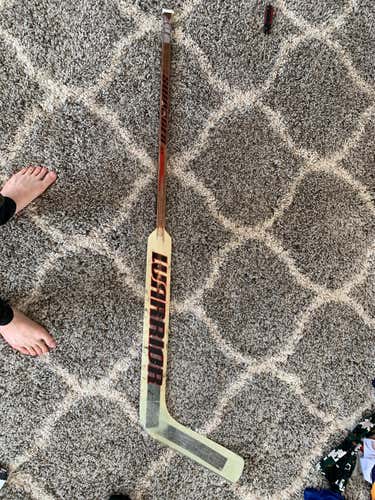
Hockeystud56
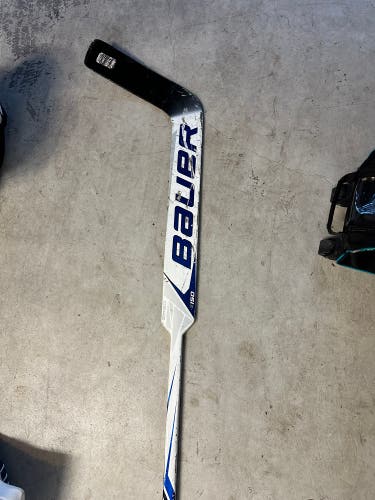
BBenji994

Mlouhochhalter

EmpireSports
